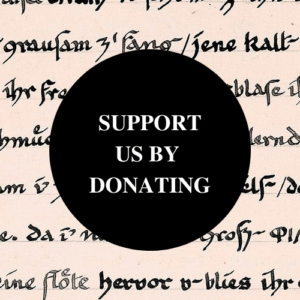Edited by Sonu Shamdasani
Translated by Caitlin Stephens

In the early twenties, Jung began to write on the relation of psychology to literature. At the same time, he was deliberating on the best way to publish Liber Novus. In 1924, these deliberations gave rise to a striking literary experiment, in the form of a hitherto unknown novella that Jung wrote.
This work consists in a letter exchange between ‘Dr. Jung’ and a man eleven years his elder, by the name of ‘A. E.’. The latter had consulted ‘Dr. Jung’ between 1913 and 2 August 1914. Now years later, he sent ‘Dr. Jung’ a manuscript which he had since written describing his experiences, requesting that ‘Jung’ publish it. From the content of the letters, it is clear that A. E. is none other than Jung himself, and the manuscript in question was evidently Liber Novus, for which this letter exchange would serve as an introduction to a pseudonymous publication, with a preface and commentary from Dr. Jung. While using a literary device, this form would enable Jung to present the material in Liber Novus not as a literary fiction, but as a personal testimony of an unknown author, ‘A. E.’ Strikingly this novella shows how Jung attempted to use events from his childhood as a preface to Liber Novus, not as causative, but as marking his first encounter with ‘the foreign guest,’ and how he saw these as being connected as chapters in the emergence of the myth of his life.



